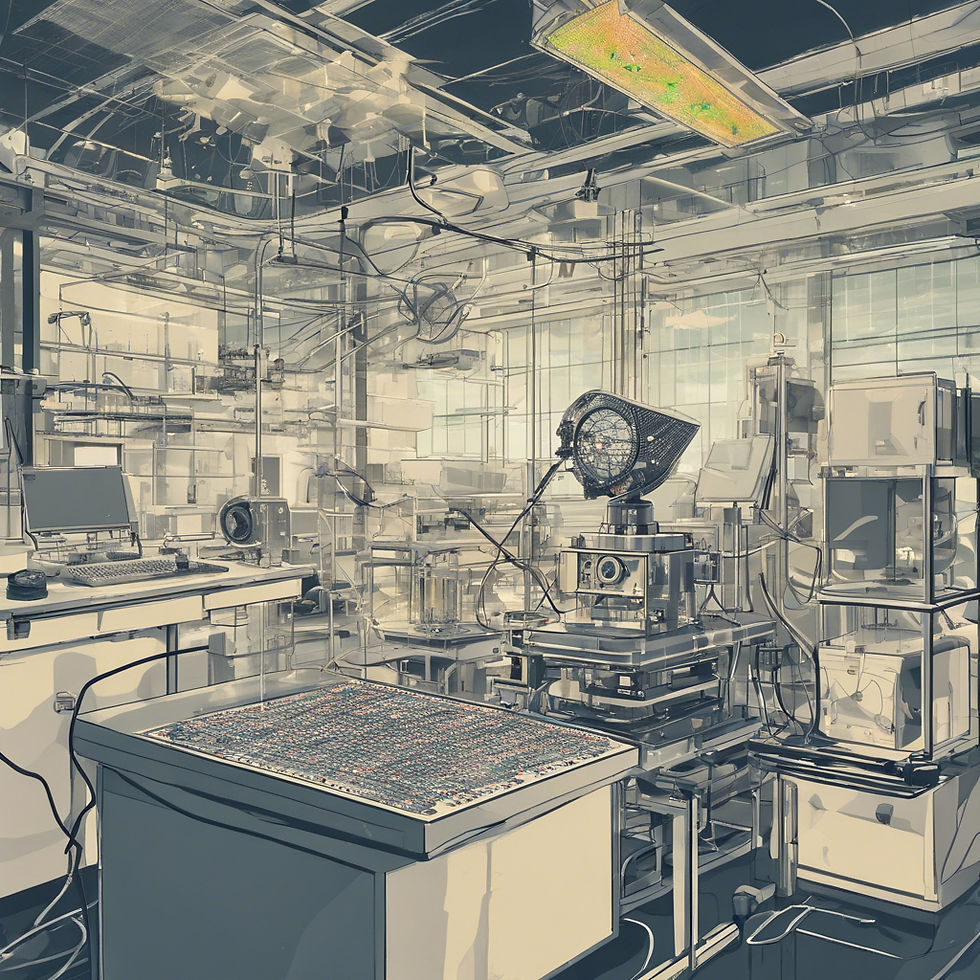Building the n-ternions of Yang-Mills Theory
- Stephen Sharma
- Feb 6
- 1 min read
Updated: Feb 18
General Physics has been paying attention to recent developments in phased array radar and the Hilbert Huygens space filling curve phased array electromagnetic radiation sensor. Waves are not simply sine functions. We must discuss the fractional dimensional nature of reality. The entangled states of the sensor pick up multi-functional abscissa of photons. There must be a treatment of photons as a complex multi-functional wave. This could lead to more information density wireless transmission, increased bandwith, and more sensitive radar. We need a discrete prime number and Pythagorean coordinate approach, We need a dimensional approach.
To connect this to more fundamental physics, we see Sakharov's baryogenesis rules implying one imperfect point in a Dirac comb. The infinitesimal asymmetry is generated from the Cantor dust. These fractal electromagnetic multi-valued photons (or any wavefunction) are amplitudes that are isomorphic to the physical universe. What is needed to probe this physics is a three dimensional lattice of antennas. Engineering will result in the phased array RF signal transmission and receiving space filling curve.
We approach things with scale invariant, fractal, Fourier transform analysis. We must merge the Fourier analysis of fractals to affine topological networks. A line through an expanding Hilbert Huygens space filling curve has periodicity of primes or an even perturbation off the primes.
Let's build accelerators and Penning traps to localize the n-ternion density for the purpose of bending spacetime. n-ternions have more spatial curvature than traditional Pauli or Gell-Mann matrix states.
What we'll find is that the Fourier transform of a fractal shape is the interconnected nodal behavior of an affine network.


Comments